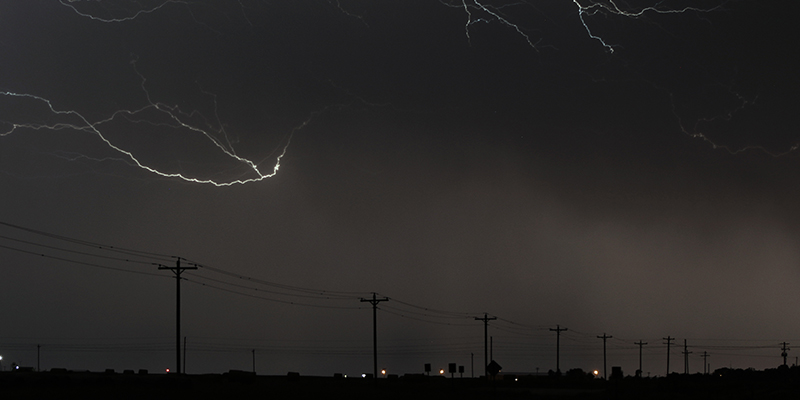Advancing Your Feeder Protection for the Future Grid
Back to Top
There’s never been more pressure on the grid to evolve. Electric vehicles and distributed energy resources are growing rapidly, severe weather events are getting worse and are more frequent, and customer expectations for power reliability are rising. Because of these and other factors, addressing growing reliability and resilience needs is becoming more urgent.
Utilities are ramping up grid investments in response. In 2022 alone, utilities spent nearly $30 billion on adaptation, hardening, and resilience initiatives to strengthen the grid. While investments in the distribution system are increasing, investments in transmission are remaining flat. This reflects the fact that the distribution system is experiencing the most impact from electrification and increased activity on the grid.
Feeders are the backbone of the distribution system. Even one fault on a feeder has a major impact on many residential, commercial, and industrial customers. As a result, feeder-protection devices are expected to manage more than they needed to before. And as circuits get more complex, the stakes are even higher for these devices to do more and address tougher fault scenarios.
Feeder devices today need to be smart and flexible to meet the needs of the future grid. These devices must evolve with utilities’ reliability and resilience goals by supporting multiple applications, whether these use cases are all rolled out at once or one by one. Whether a utility needs to increase segmentation, build redundancy into its system, or protect underground or hybrid circuits, today’s feeder-protection initiatives must address it all.
But what does it take for a device to be able to do that? Precise, simultaneous bi-directional sensing enables increased segmentation as well as the ability to adeptly reroute power and manage two-way power flow. Low-stress fault-testing also reduces voltage sags and provides the option to test for faults on underground lines. With these capabilities and more, S&C’s IntelliRupter® PulseCloser® Fault Interrupter can provide truly universal circuit protection.
Distribution system investments must prioritize modern technology that can adapt with the dynamic nature of today’s grid. This is especially true for the backbone of the grid, which needs flexibility and multi-faceted protection to address increasingly complex reliability and resilience challenges. Investing in modern feeder technologies not only helps utilities maximize their spend, but it ensures the grid is prepared for the continual changes that will come.